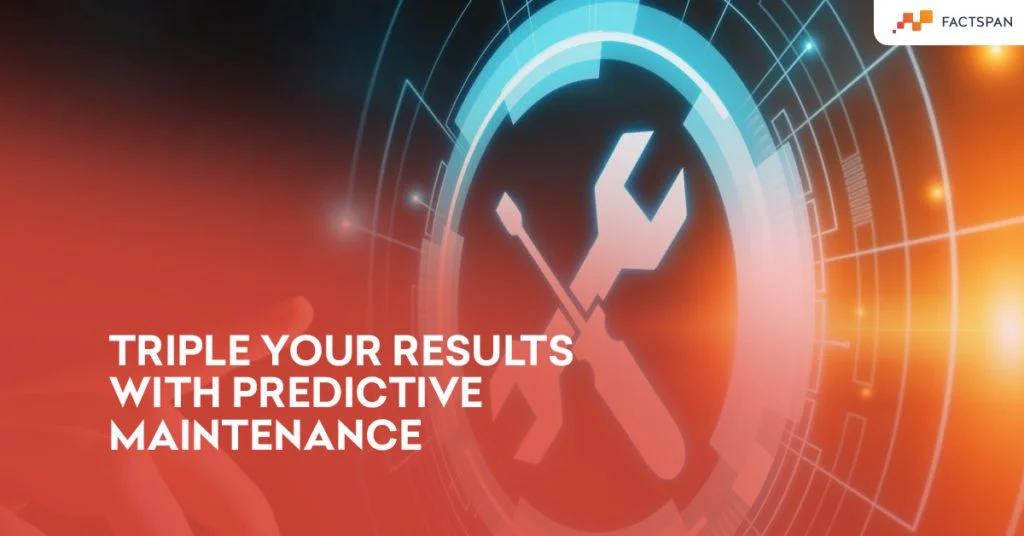The latest industry report, Predictive Maintenance in Oil & Gas, analyses how recent advancements in cloud-based data analytics and the rise of digital twins in oil and gas operations are extending the boundaries of predictive maintenance technologies. Digitalization is changing the way organizations work. Manufacturing enterprises have slowly started to embrace the culture of cross-functional working. As a result, employees are able to capitalize on digital technologies.
Moreover, manufacturing companies have a vision of robust digital culture where everyone from meeting chambers to the factory floor understands the potential of data analytics. That being the case, let’s dig deeper into how Oil and Gas (O&G) industries are leveraging predictive maintenance to aim toward digital maturity.
Predictive Maintenance: Case Studies
O&G companies are slowly considering a digital leap to advanced analytics and visualization so that engineers can better pinpoint the potential hazards in their pipeline network.
Case Study 1
A multinational pipeline company faced a challenge in detecting the roadblocks in the pipeline network. Firstly, the system integrated 132 discrete sets of pipeline data collected by in-line inspection tools, strain sensors, LiDAR remote sensors, etc. Second, the engineers visualized 3D pipeline networks by processing the vast quantity of data in real-time. Lastly, this granted them to predict and visualize the zones where potential hazards, including dents, cracks, corrosion, and strain, may occur, as well as track the parameters (geological and operational) responsible for risks to integrity.
Learn more about 4 Best Ways to Detect a Defect in Production Line
Case Study 2
Another case study is of a global aviation fuel supplier. They tackled the challenges such as aviation fuel traffic management and aviation fuel volume measurement ambiguity. Along with, unplanned scheduling of the technological systems. These systems such as access control units, batch controllers, and SAP/ERP systems help to seamlessly monitor the aviation fuel supply.
Importantly, the company tackled challenges with the help of leading US technology and manufacturing firms. Further, the company augmented a predictive maintenance system by adding aspects such as demand fluctuations, folio reconciliation, and product transfer and exchange agreements. Also, these aspects added flexibility in responding to volatile market changes and scale operations as required.
Impact on the Oil and Gas Industry
The evident perk of predictive maintenance in the O&G Industry is that it maximizes runtime. Besides, it also predicts, and then engineers can fix out repairs much before a breakdown in the pipeline. Additionally, when O&G operations break down, it can have a significant domino effect on the energy supply. In consequence, making predictive maintenance technology is a key ally for companies in the sector.
According to recent estimates, effective prediction of leakage incidents could avoid a potential loss of nearly US$30 billion per annum for US pipeline companies; such savings could fund almost 50 percent of the midstream Capex required by 2030.
Also, mandatory maintenance efforts can be arranged to minimize system-wide downtimes. Predictive maintenance can further be used to ease operational expenses and environmental risks arising due to equipment breakdown. Lastly, in the context of the Oil industry, companies have adopted an advanced data analytics approach for predictive equipment failure in their refinery operations.
Featured content

Automating Oncology Intake with AI-Power...

Structuring Quality in Enterprise Softwa...

Intelligent Pharmacy Benefit Simulation ...

Modernizing Health Claims Analytics with...

Choosing Polars Over Pandas for High-Per...

Improving Enterprise Agility with a Unif...

The Future of Medallion Architecture wit...

SMS Opt-In Analysis for Customer Engagem...

Enterprise-Grade Automation for Data Pip...

